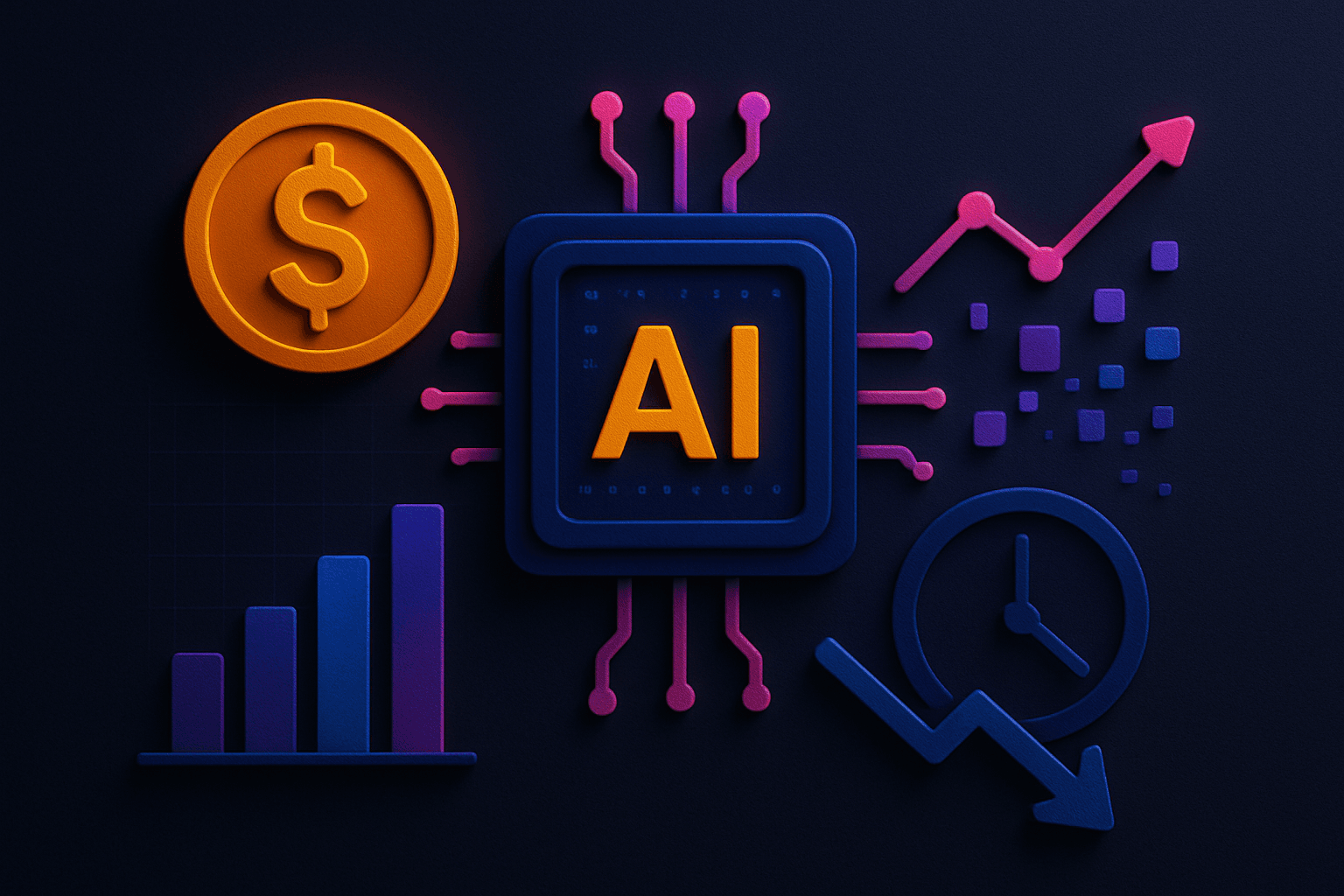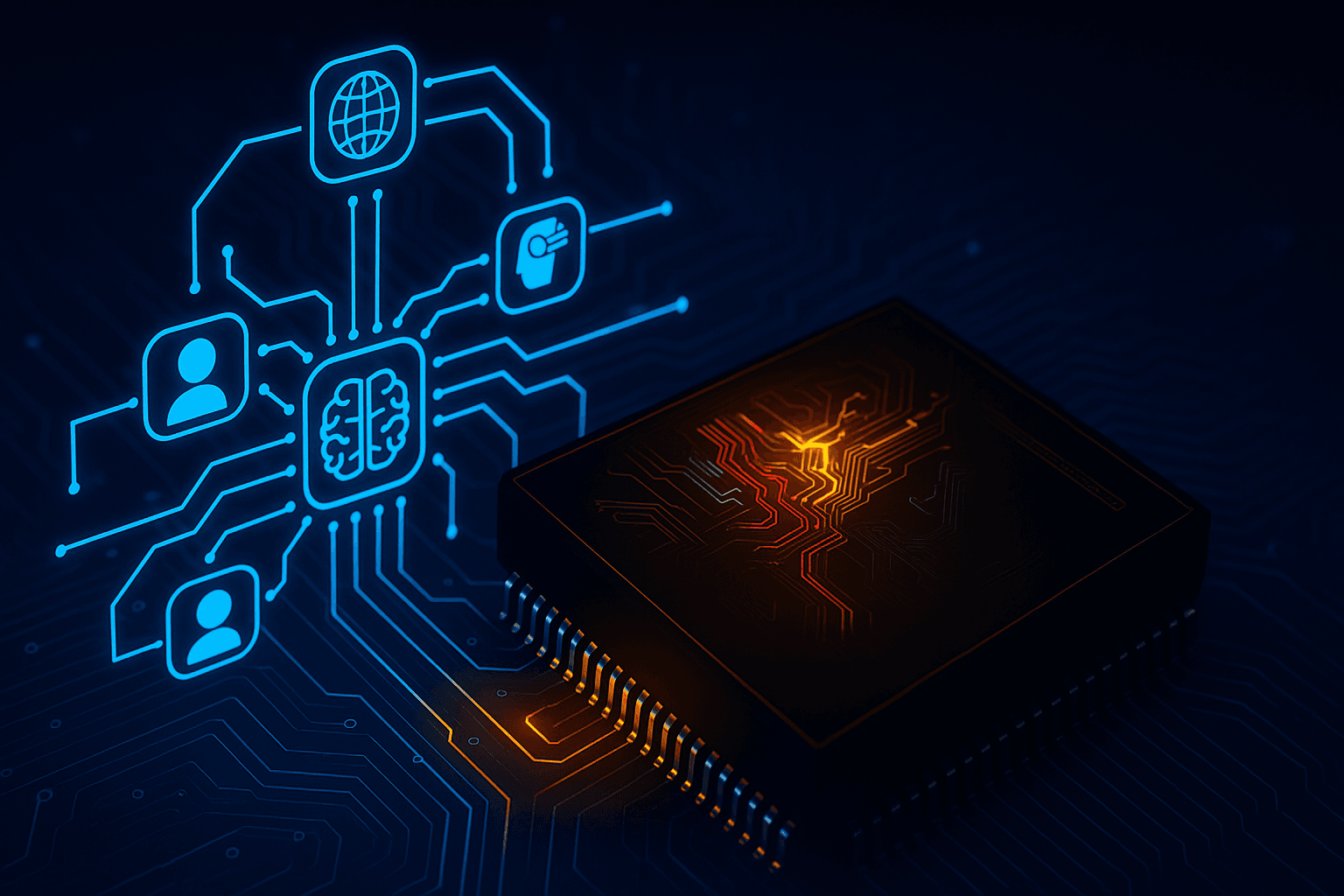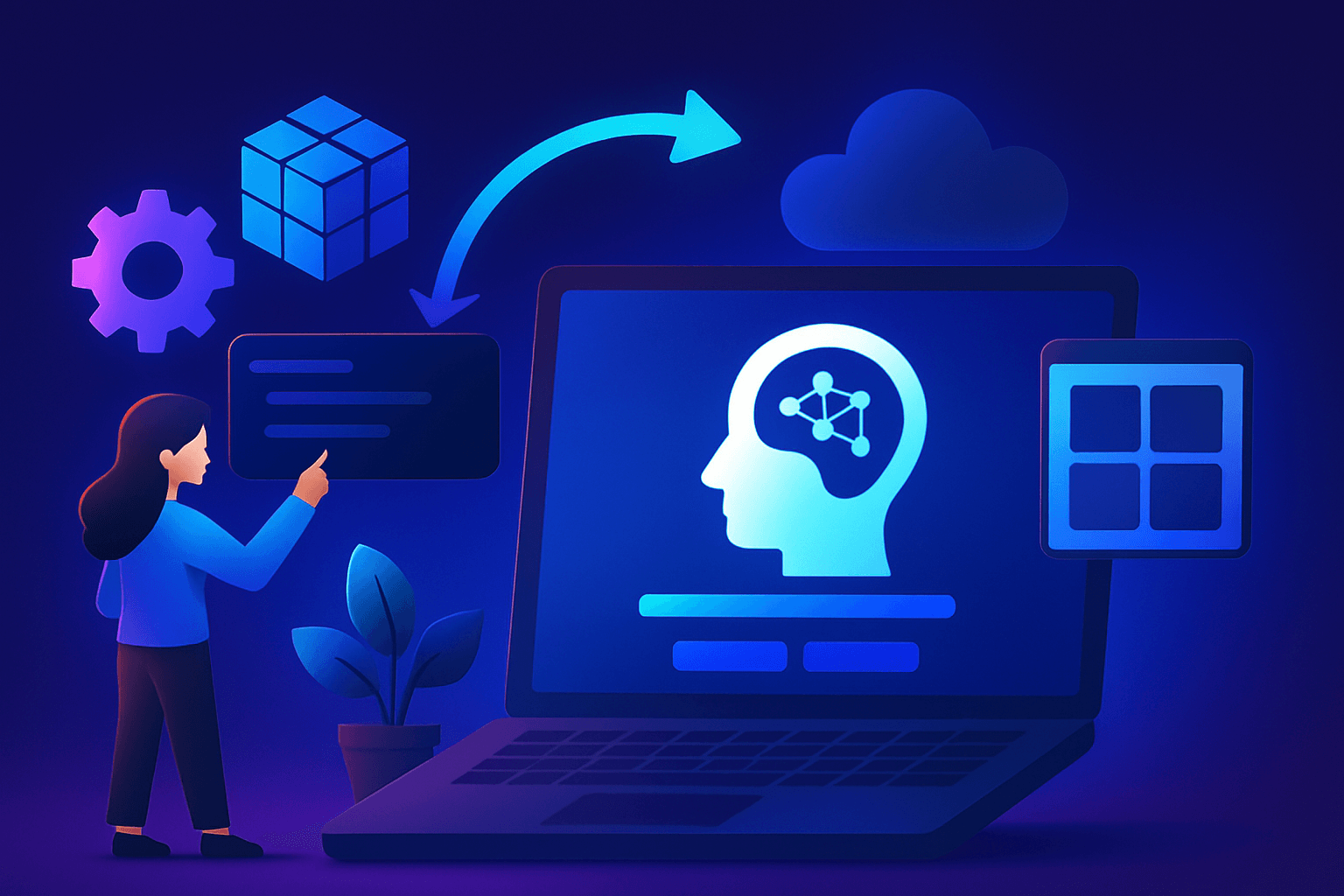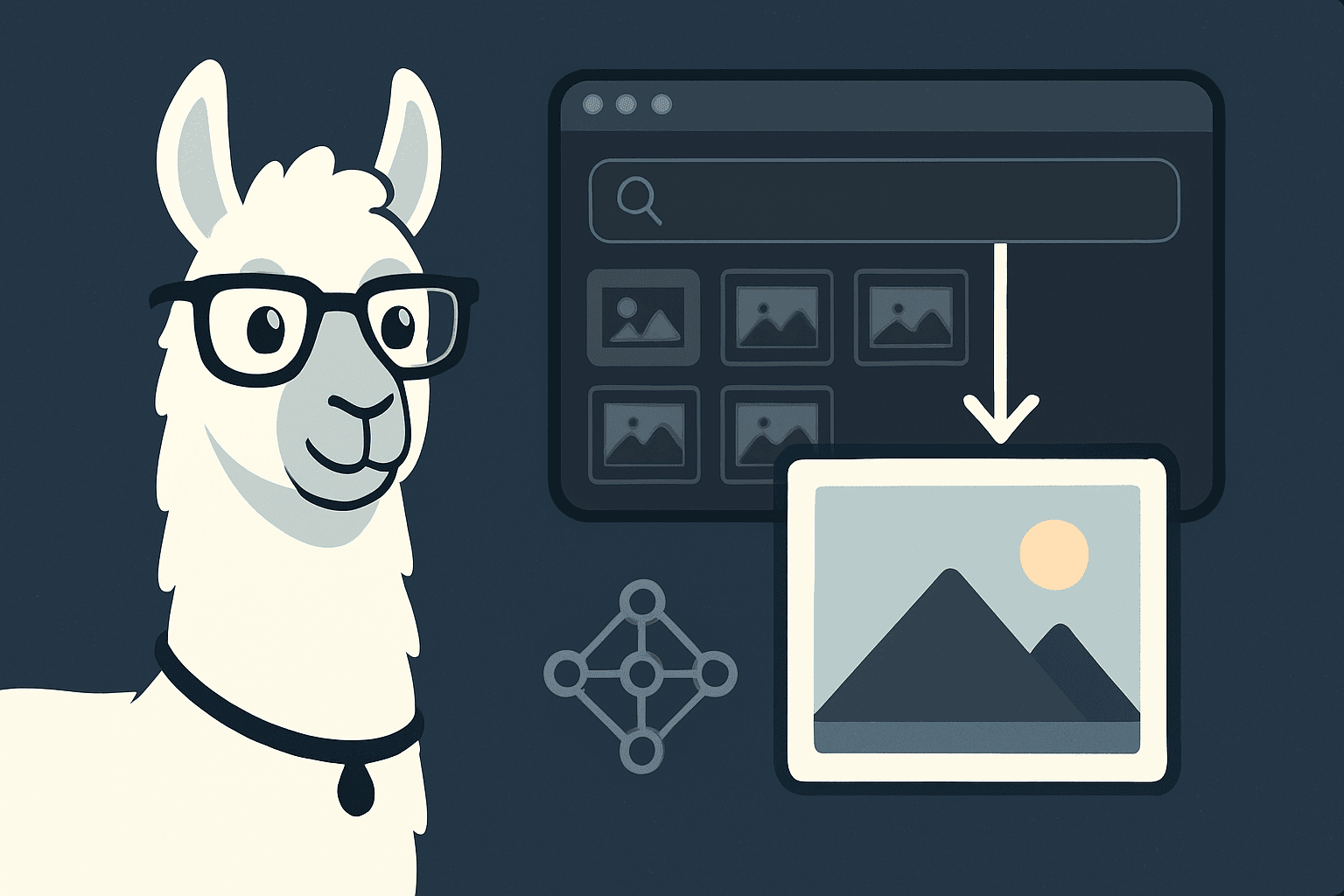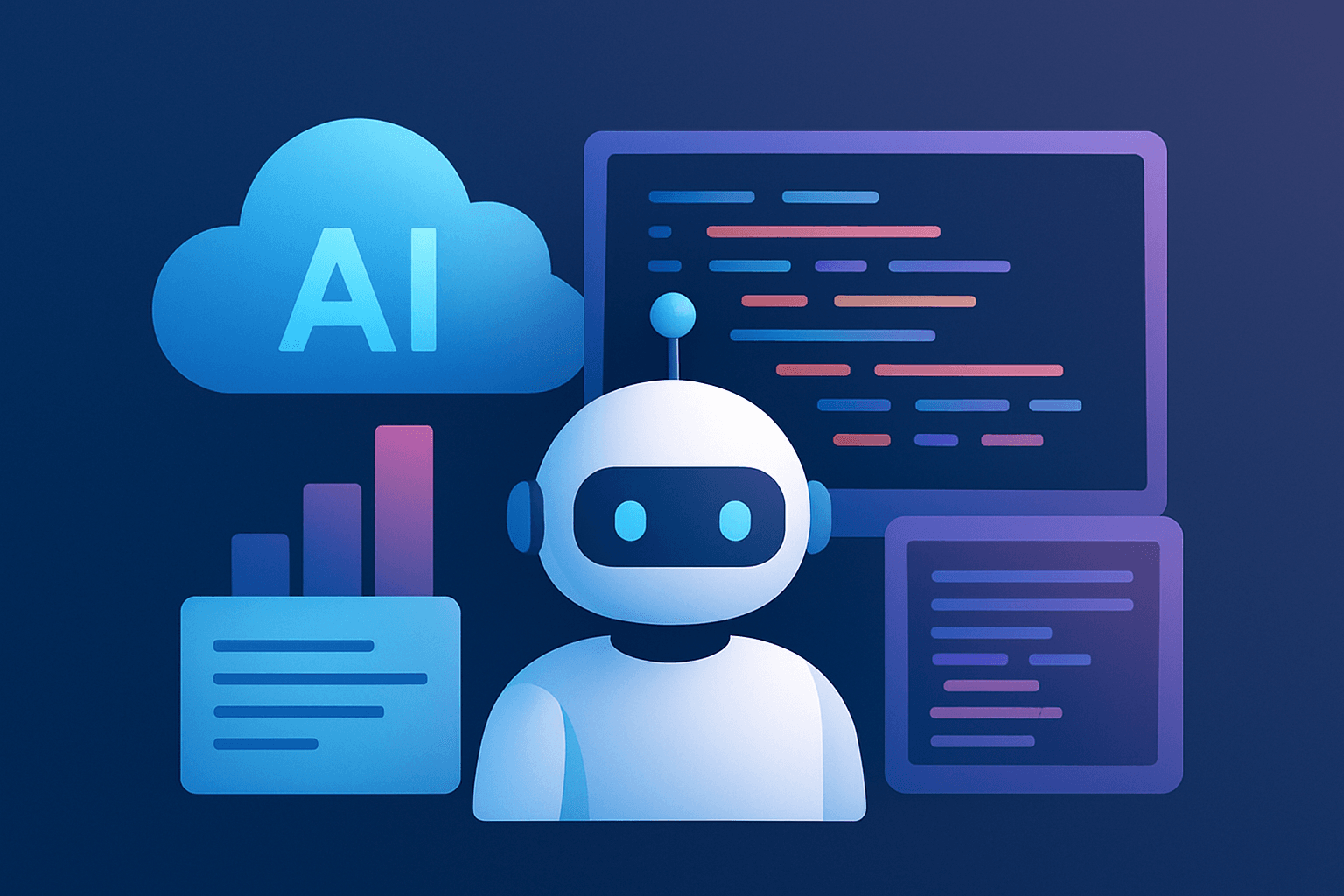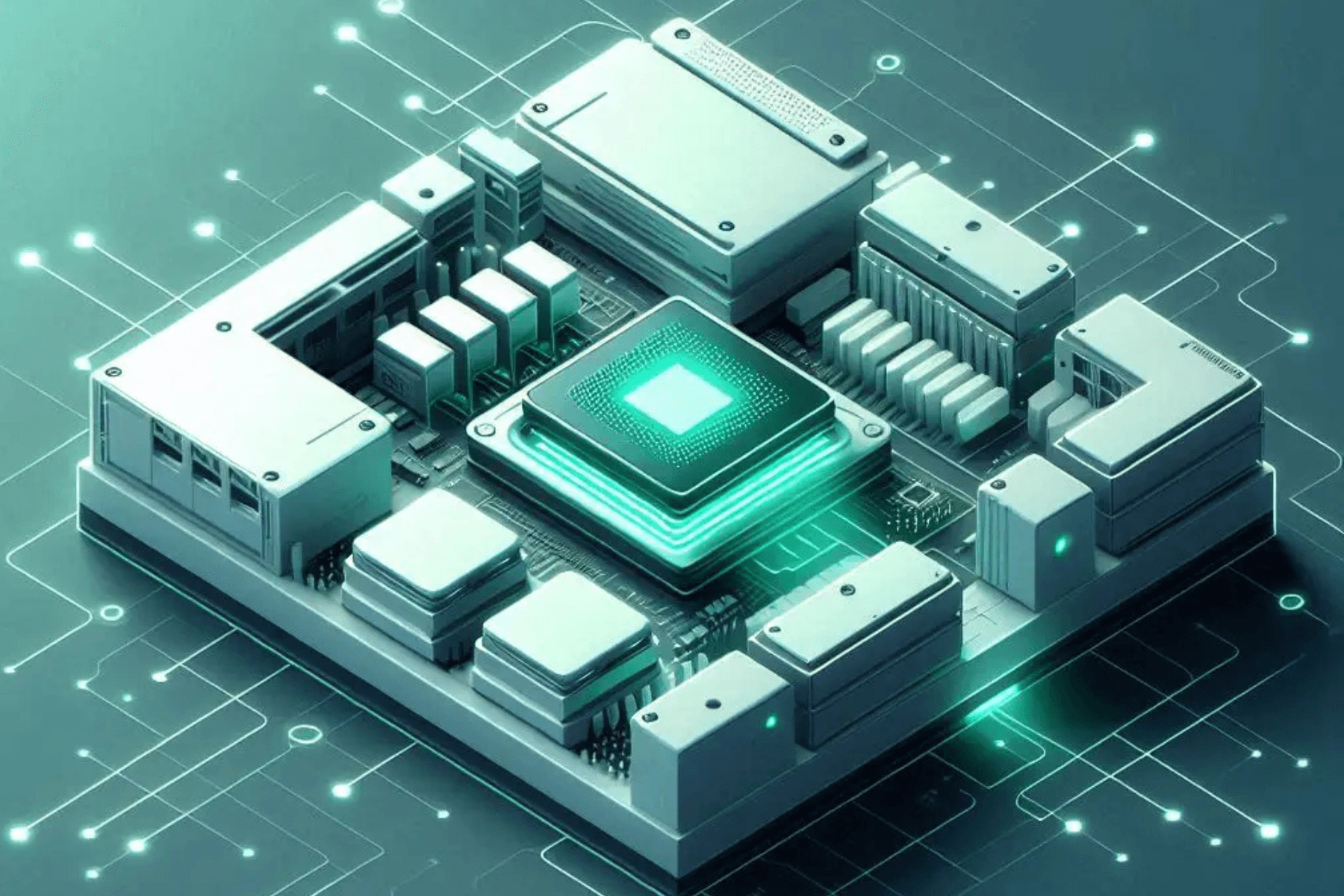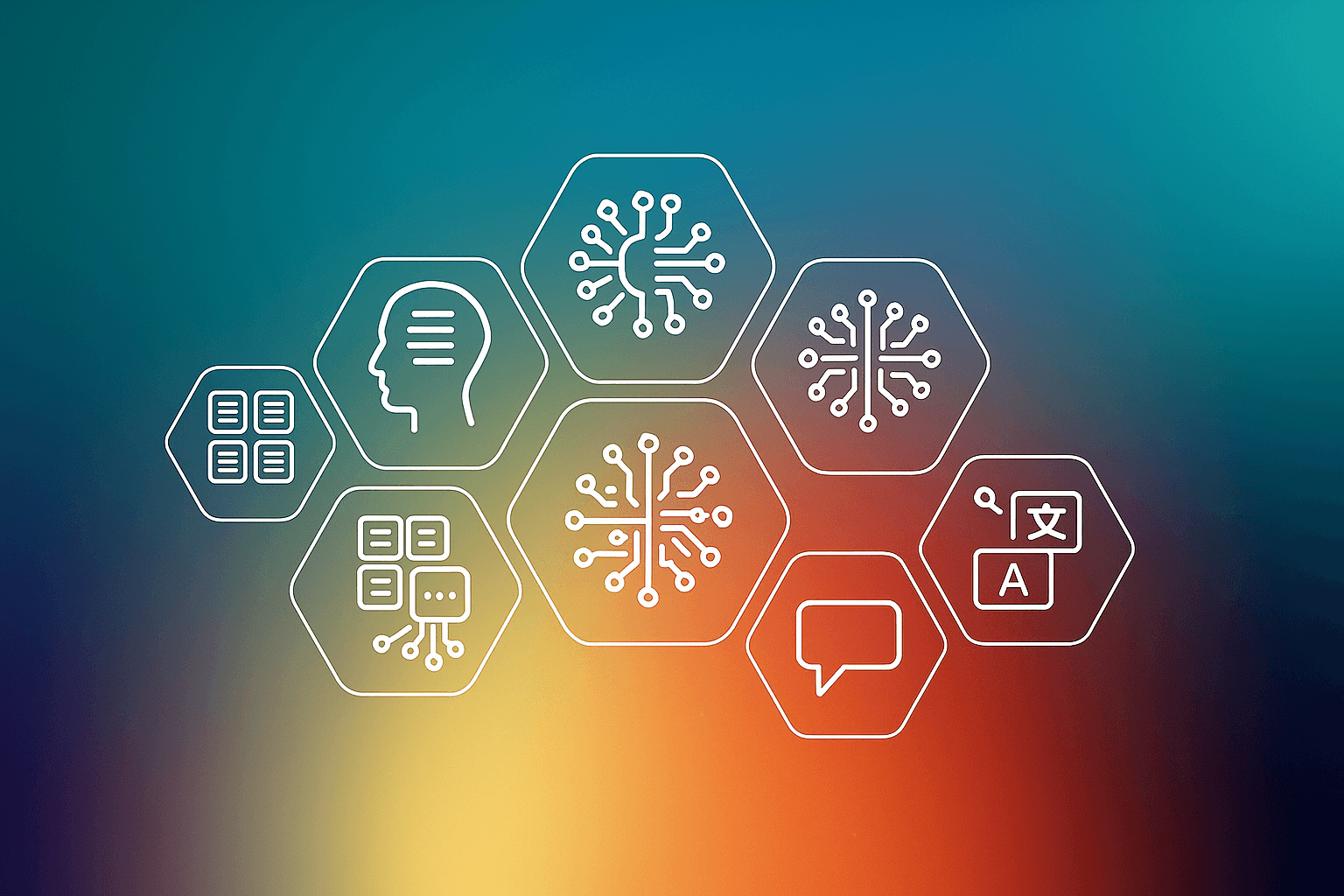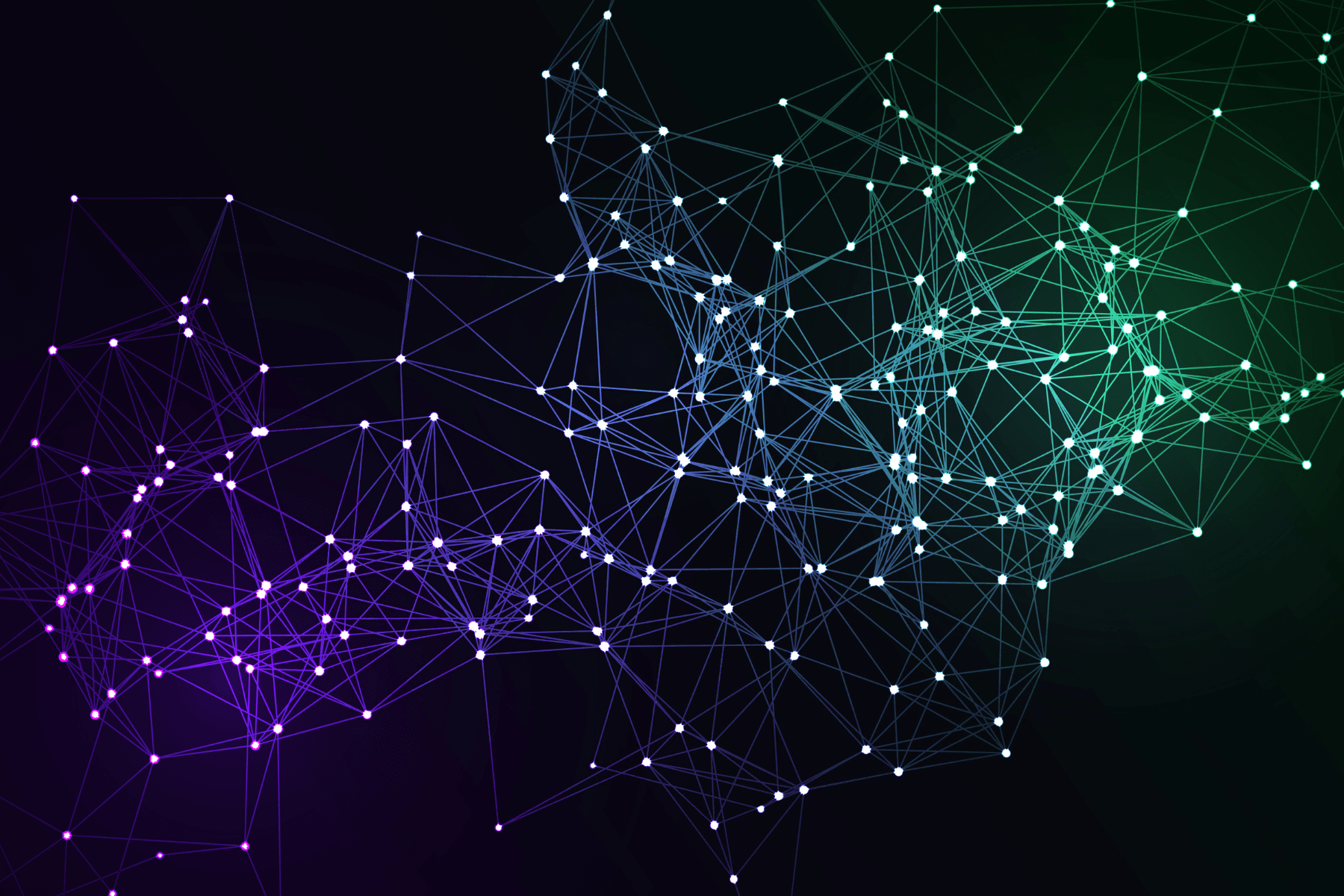Introduction
As an AI/ML developer, you must be aware that modern AI development and deployment requires advanced cloud GPUs. They offer the flexibility, scalability, and raw compute power needed for training large language models (LLMs), generative AI systems, and high-performance computing (HPC) tasks without the overhead of maintaining on-premise infrastructure. Up until recently, the NVIDIA H100 and A100 Tensor Core Cloud GPUs were the top choices for AI/ML engineers. However, that changes with the launch of the supremely powerful H200.
In this article, we will explore the evolution of cloud GPU technology, from the H100 to the H200, examining their architectural advancements, performance improvements, and the specific enhancements designed to handle the increasing complexity of modern AI workloads. We will provide a detailed technical comparison of these two GPUs, focusing on their capabilities in training and inference for large models, memory management, and scalability in cloud environments. By understanding the key differences, you’ll gain insight into how the H200’s innovations can potentially reshape your AI/ML workflows, offering even greater efficiency and performance for cloud-native AI development.
Let’s dive in!
H100 vs H200: Architectural Overview
We will first look at the technical architecture of H100, and then explain how H200 has improved upon it.
H100 Architecture
As part of NVIDIA’s Hopper GPU series, the H100 represented a significant leap in AI workloads. Built with a clear focus on handling large-scale AI models, foundational model training, and scalable inference, the H100 was designed to optimize both training and inference for massive neural networks, particularly large language models (LLMs), large vision models (LLMs) and other generative AI systems. Its architecture centers around key components such as Tensor Cores, NVLink, and the Hopper microarchitecture, each contributing to its efficiency in AI processing tasks.
Fourth Generation Tensor Core
At the heart of the H100's power are the fourth-generation Tensor Cores, which deliver unmatched performance for matrix operations critical in deep learning. These cores support mixed-precision operations (FP8, FP16, BF16, and INT8), ensuring that you can achieve the necessary balance between performance and precision depending on the complexity of your AI tasks.
Hopper Microarchitecture
Another standout feature of the H100 is its integration of Hopper microarchitecture, which includes various optimizations for both AI training and inference. Hopper's architectural design focuses on improving memory access patterns, data throughput, and reducing latency, ensuring that the H100 excels in training complex AI models, such as Llama-3.1, Llama-3.2, Mixtral models or Pixtral-12B, within cloud environments. Combined with advanced sparsity support, which leverages the sparse nature of modern AI models to deliver even faster computations, the H100 has helped accelerate the training of numerous AI models.
InfiniBand 2 Support
Additionally, H100 integrates InfiniBand 2 (HDR) as the primary interconnect technology for high-performance multi-GPU clusters. InfiniBand 2 provides up to 200 GB/s of bi-directional bandwidth per port, making it highly efficient for data communication between GPUs, a crucial aspect for tasks like distributed AI training and high-throughput data analytics.
A key point to note is that InfiniBand’s Remote Direct Memory Access (RDMA) support allows GPUs to communicate directly with each other without involving the CPU, which drastically reduces latency and improves throughput. By enabling direct memory access between GPUs, InfiniBand ensures minimal bottlenecks during high-speed data transfers.
Here are some of the performance figures of H100:
- FP8 Tensor Performance: Up to 3,958 TFLOPS with sparsity enabled
- FP16 Tensor Performance: Up to 1,979 TFLOPS with sparsity enabled
- TF32 Tensor Performance: Up to 989 TFLOPS with sparsity enabled
- FP64 Performance: Up to 34 TFLOPS (double precision)
- GPU Memory: 80 GB HBM3
- Memory Bandwidth: Up to 3.35 TB/s
Now let’s look at how H200 improves upon this.
H200 Architecture
The H200 is built with the same fundamental architecture as the H100 but brings critical enhancements in processing power, memory management, and interconnect technologies. It is also built on the Hopper architecture, as described above, but improves upon its predecessor in a number of aspects. Let’s see how:
Tensor Core Architecture
One of the key upgrades in the H200 is its improved Tensor Cores, which offer better performance for mixed-precision operations, critical for optimizing AI training and inference workloads. These cores now support higher precision data types more efficiently, enabling faster computations and better accuracy in large models. The H200’s increased support for FP8 precision makes it an ideal candidate for workloads that require both speed and minimal loss in precision, such as LLM fine-tuning and high-resolution image generation models.
Architectural Enhancements in H200
In H200, the transistor count has been significantly increased, leading to enhanced parallelism and improved processing throughput. This increase, paired with more efficient resource allocation, ensures that the H200 can handle even more complex AI workloads.
Another important upgrade is the H200’s memory bandwidth, as we will see below. The higher bandwidth allows for faster data access and model training times, particularly in large-scale AI models where memory throughput can be a bottleneck. For AI developers working on LLMs, such as those exceeding hundreds of billions of parameters, this bandwidth improvement can result in significantly faster training and more efficient scaling across cloud GPUs.
The H200 also introduces advancements in AI inference performance. Optimizations in the underlying microarchitecture lead to better utilization of Tensor Cores for real-time inference, making the H200 very suited for real-time AI applications and latency-sensitive tasks in cloud environments.
Here are the key performance figures for the NVIDIA H200 Tensor Core GPU, which builds on the advancements of the H100:
- FP8 Tensor Performance: Up to 3,958 TFLOPS (same as the H100)
- FP16 Tensor Performance: Up to 1,979 TFLOPS (same as the H100)
- BFLOAT16 Tensor Performance: Up to 1,979 TFLOPS
- FP64 Performance: Up to 34 TFLOPS (same as the H100)
- GPU Memory: 141 GB HBM3e (an increase from 80 GB in the H100)
- Memory Bandwidth: Up to 4.8 TB/s (a 1.4x improvement over the H100's 3.35 TB/s)
The memory improvements make the H200 particularly powerful for memory-intensive tasks like training large language models (LLMs) or scientific computing tasks like drug discovery or protein sequence prediction. Its increased memory size and bandwidth are ideal for handling even more extensive datasets with reduced latency and higher throughput than the H100. The H200 also shows up to a 45% performance increase in some benchmarks, specifically for generative AI and high-performance computing workloads

Performance Capabilities: AI/ML Workloads
AI Training and Inference Comparison
The NVIDIA H100 and H200 cloud GPUs are both optimized for large-scale AI training and inference tasks, with each offering impressive performance for deep learning models like large language models (LLMs), generative AI systems, and computer vision applications.
What H200 significantly improves upon is the memory bandwidth and the GPU memory.
H200’s Enhanced AI Training Speed and Cost-Efficiency: The H200 improves upon the H100's training performance with larger memory (141 GB vs. 80 GB) and 4.8 TB/s memory bandwidth—a 1.4x improvement over the H100. This increased bandwidth makes the H200 particularly effective in training even larger models like the Llama-3.1-405B, where memory capacity can be a bottleneck. The H200 is optimized for inference and training workloads with up to 1.9x faster performance in LLM inference, therefore lowering the total cost of ownership (TCO) during training phase.
The H200’s memory and bandwidth advantages make it better suited for AI developers working with cutting-edge models that push the limits of data and memory usage. Here’s a comparison table that explains which GPU is optimal for which sort of LLM.
Here’s the updated comparison table with additional models like Llama-3.1 (405B) and Llama-3.2 Vision models included:

Benchmarks and Real-World Performance
H100 Benchmarks
The H100 has consistently proven its capabilities across various industry-standard AI benchmarks, including MLPerf, ResNet, and large language models. In MLPerf AI training benchmarks, the H100 delivered substantial improvements over previous generations, especially for tasks involving large model training and high-throughput inferencing. The H100’s performance in training models like Llama and BERT is particularly noteworthy, where it offers 1.5x to 3x faster training times compared to the A100.
MLPerf Benchmarks: The H100 demonstrated strong performance in tasks such as image classification (ResNet-50) and natural language processing (NLP). For ResNet-50, which is widely used for image recognition, the H100 performed 40% faster in training compared to the previous generation A100. On NLP models like BERT, the H100 achieved faster convergence, offering significant time-to-train reductions.
Large Model Training: In real-world training of large language models, the H100 had shown significant speed-ups. For instance, training time for Llama-70B on the H100 was reduced by around 30% compared to the A100.
H200 Benchmarks
The H200 cloud GPU builds upon the H100’s foundation with marked improvements in real-world benchmarks. It offers faster training times and inferencing speeds, particularly for large-scale models and memory-intensive tasks. Early results from MLPerf and internal NVIDIA tests show up to a 45% increase in performance for some workloads over the H100.
Time-to-Train Improvements: Benchmarks for training large models such as Llama-3.1 (405B) show that the H200 reduces training time by up to 45%, thanks to its increased memory bandwidth (4.8 TB/s) and 141 GB of HBM3e memory. These gains are particularly important when scaling models across multi-GPU clusters, where the H200’s InfiniBand interconnects provide better performance scalability.
Stable Diffusion and Image Generation: The H200 outperforms the H100 in tasks such as image generation with models like the Stable Diffusion series. With its Tensor Core optimizations and memory bandwidth improvements, the H200 provides faster image generation times, especially for high-resolution image generation tasks.
Performance in Different AI Domains
- Vision AI: In vision tasks such as object detection using models like YOLOv11 and FasterRCNN, the H100 already delivers excellent performance, but the H200 further enhances this with 1.5x faster inference due to improved FP8 precision capabilities and better memory handling. This makes the H200 more suitable for large-scale vision AI deployments where multiple high-resolution images are processed in real-time.
- NLP Tasks: On natural language tasks involving models like BERT, the H200 shows significant gains. For instance, in summarization and translation benchmarks, the H200 reduces inference latency by up to 30%, enabling faster response times in real-world applications like AI-driven customer service or content generation.
- Multimodal AI: For multimodal models, such as Llama-3.2 Vision (90B), which handle both language and image inputs, the H200’s expanded memory capacity and bandwidth allow for smoother processing of large, complex inputs. The H200 processes these tasks at up to 2x faster speeds compared to the H100, making it an excellent choice for vision-language models used in tasks like image captioning, video analysis, or multimodal AI assistants.
The H100 had set a high standard for AI workloads across various domains, but the H200 introduces significant improvements in training times, inference performance, and scalability, making it the superior choice for large-scale AI tasks, particularly for LLMs, vision AI, and multimodal AI.
Conclusion
In this article, we explored the key differences between H100 and H200 cloud GPUs, both of which are designed to handle the increasing complexity of modern AI/ML workloads. The newly launched H200 brings significant advancements, especially in memory capacity and bandwidth. With 141 GB of HBM3e memory and 4.8 TB/s bandwidth, the H200 enables faster training and inference for models likethe Llama-3.1 (405B) and Stable Diffusion, providing up to 45% faster performance in some benchmarks. This makes the H200 particularly effective for large-scale AI tasks, such as multimodal AI, vision-language models, and memory-intensive LLM training.
For AI/ML developers looking to optimize performance, the H200 is ideal for scaling the largest models, while the H100 remains a solid option for more moderate workloads.
Choose the GPU that best suits your unique needs and use cases. Supercharge your AI projects with the powerful NVIDIA H100 or H200 on E2E Cloud and experience unparalleled AI performance.
